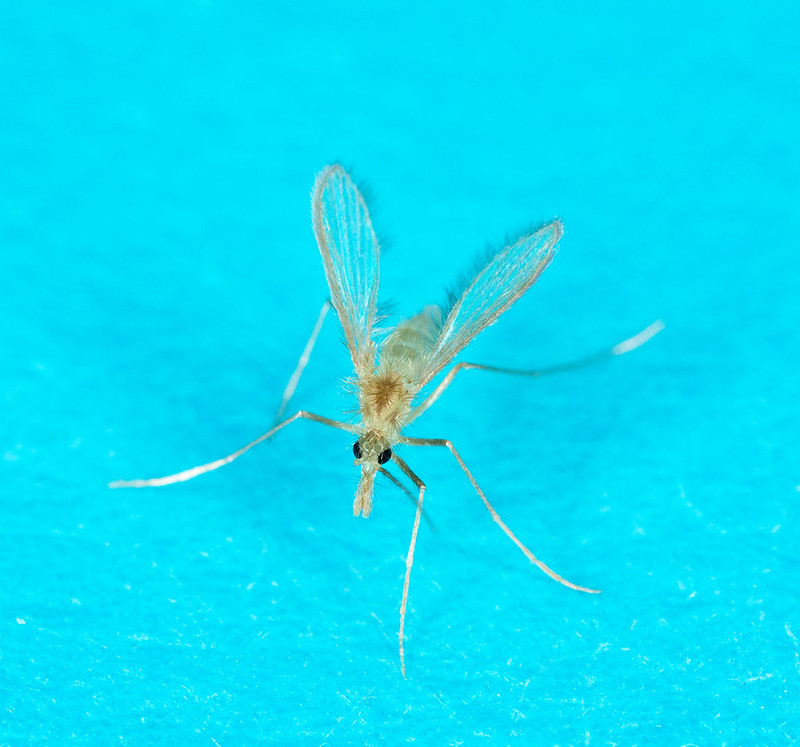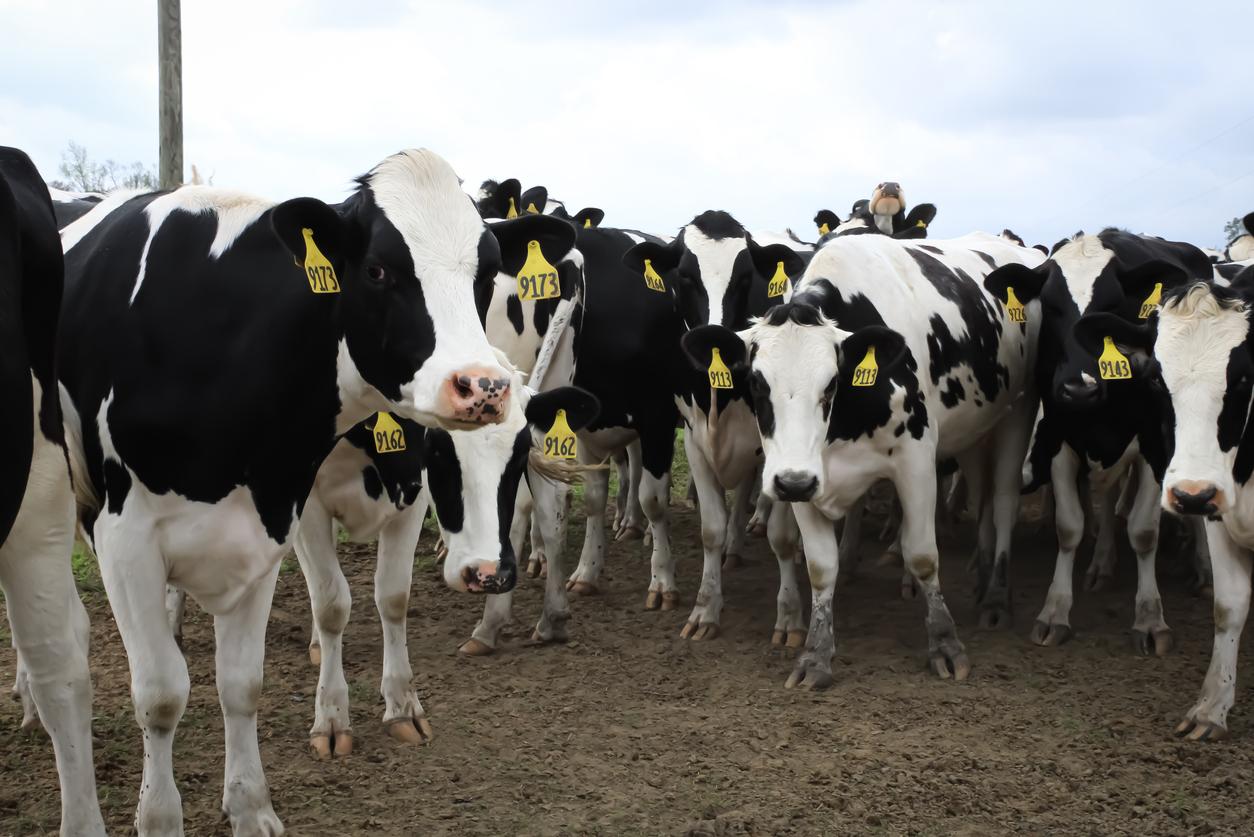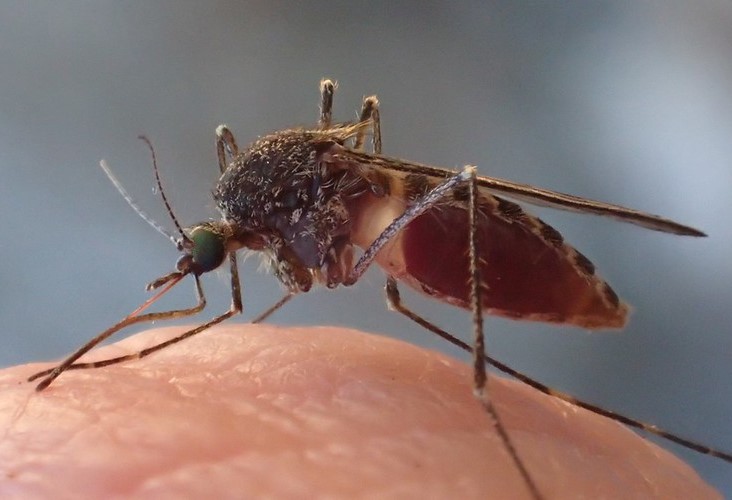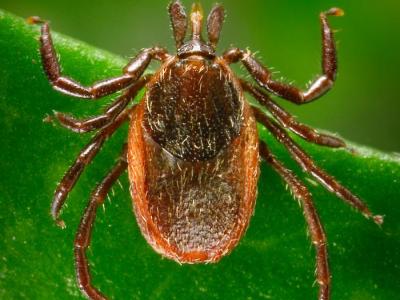India has reported a surge in Chandipura virus infections this summer, with 245 acute encephalitis syndrome (AES) cases reported since July, with 82 of them fatal. So far, polymerase chain reaction testing has confirmed the virus in 64 cases, the World Health Organization (WHO) said in an August 23 outbreak announcement.

Chandipura virus is endemic in India, and it is known to trigger sporadic cases and outbreaks of AES in western, southern, and central part of the country, especially during monsoon season. Outbreaks typically occur every 4 to 5 years in Gujarat state. The virus—a member of the Rhabdoviridae family—is transmitted by vectors that include sandflies, mosquitoes, and ticks.
Children most affected; fast onset of severe symptoms
The disease mainly affects children ages 15 and younger. The main symptoms are fever, with coma and convulsions that can occur within 48 to 72 hours of symptoms onset.
Cases began rising in early June, and 43 of 806 districts in India have reported AES cases. Of the 64 confirmed cases, 61 were in Gujarat state and 3 in Rajasthan state.
The WHO said cases have been declining since the middle of July. Though authorities have deployed control strategies, further transmission is possible in the coming weeks, given favorable conditions from the monsoon season in affected areas.
India's last large Chandipura virus occurred in 2003, when 329 suspected cases, 183 of them fatal, were reported in Andhra Pradesh state. The virus has been detected only in India, but the WHO said it may be present in other countries in Asia and Africa. The sandfly vector is present in Southeast Asia.














